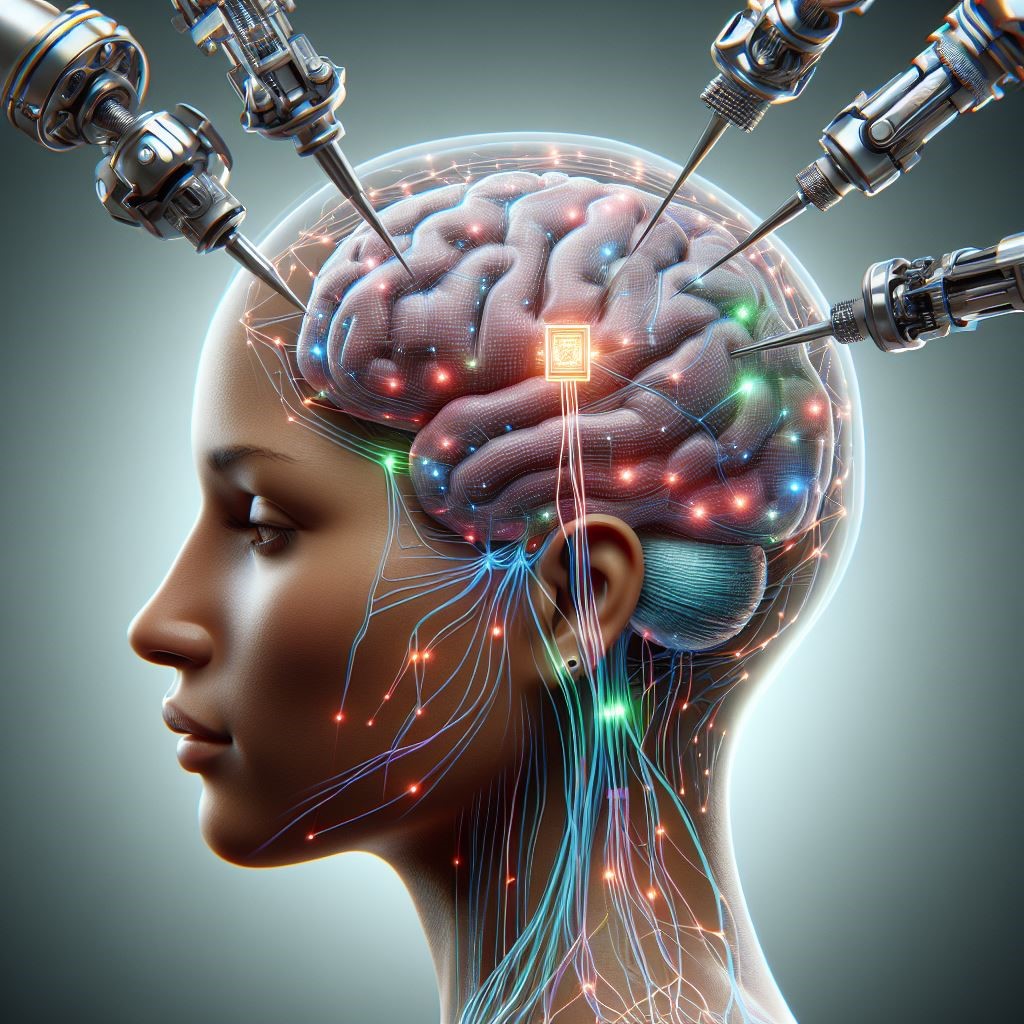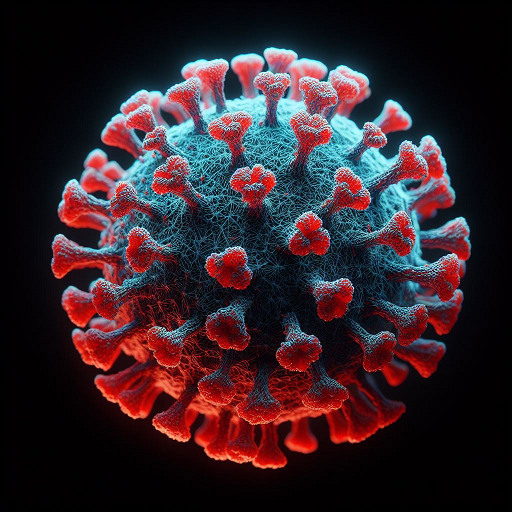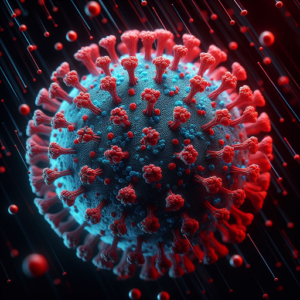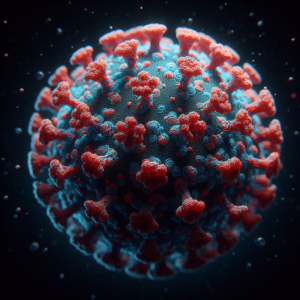Dubai has experienced historic flooding due to heavy thunderstorms and torrential rains. Here are some key details:
- Rainfall Amounts:
- By the end of Tuesday, more than 142mm (5.59 inches) of rain had soaked Dubai over 24 hours.
- An average year in Dubai sees 94.7mm (3.73 inches) of rain at Dubai International Airport, which is the world’s busiest for international travel and a hub for the long-haul carrier Emirates⁴.
- Airport Disruptions:
- Dubai International Airport faced challenging conditions due to the floods. Runways were inundated with water, leading to disruptions in flight operations.
- Arrivals were halted, and passengers struggled to reach terminals through floodwater covering surrounding roads.
- Emirates suspended check-in for passengers from Dubai International due to operational challenges caused by the incessant rain⁴.
- Other Impacts:
- Police and emergency personnel navigated flooded streets, with lightning occasionally touching the tip of the Burj Khalifa, the world’s tallest building.
- The city’s driverless Metro network also experienced disruptions and flooding.
- Schools across the UAE closed before the storm, and government employees worked remotely.
- Authorities sent tanker trucks to pump away water, but some homes were inundated, forcing residents to bail them out⁴.
- UAE and Oman Flooding:
- The Gulf states, including the UAE, experienced heavy rain and flash floods that killed 20 people.
- Dubai Airport faced challenges, while further north, a man died in flash floods.
- In Oman, the death toll reached 19, with 10 schoolchildren and an adult killed when their bus was swamped by floodwater.
- The sultanate’s council of ministers expressed grief and condolences to the victims’ families⁵.
The intense storms have disrupted daily life, transportation, and infrastructure, highlighting the region’s vulnerability to extreme weather events. Authorities are working to manage the situation and provide relief to affected communities. 🌧️🌊

















